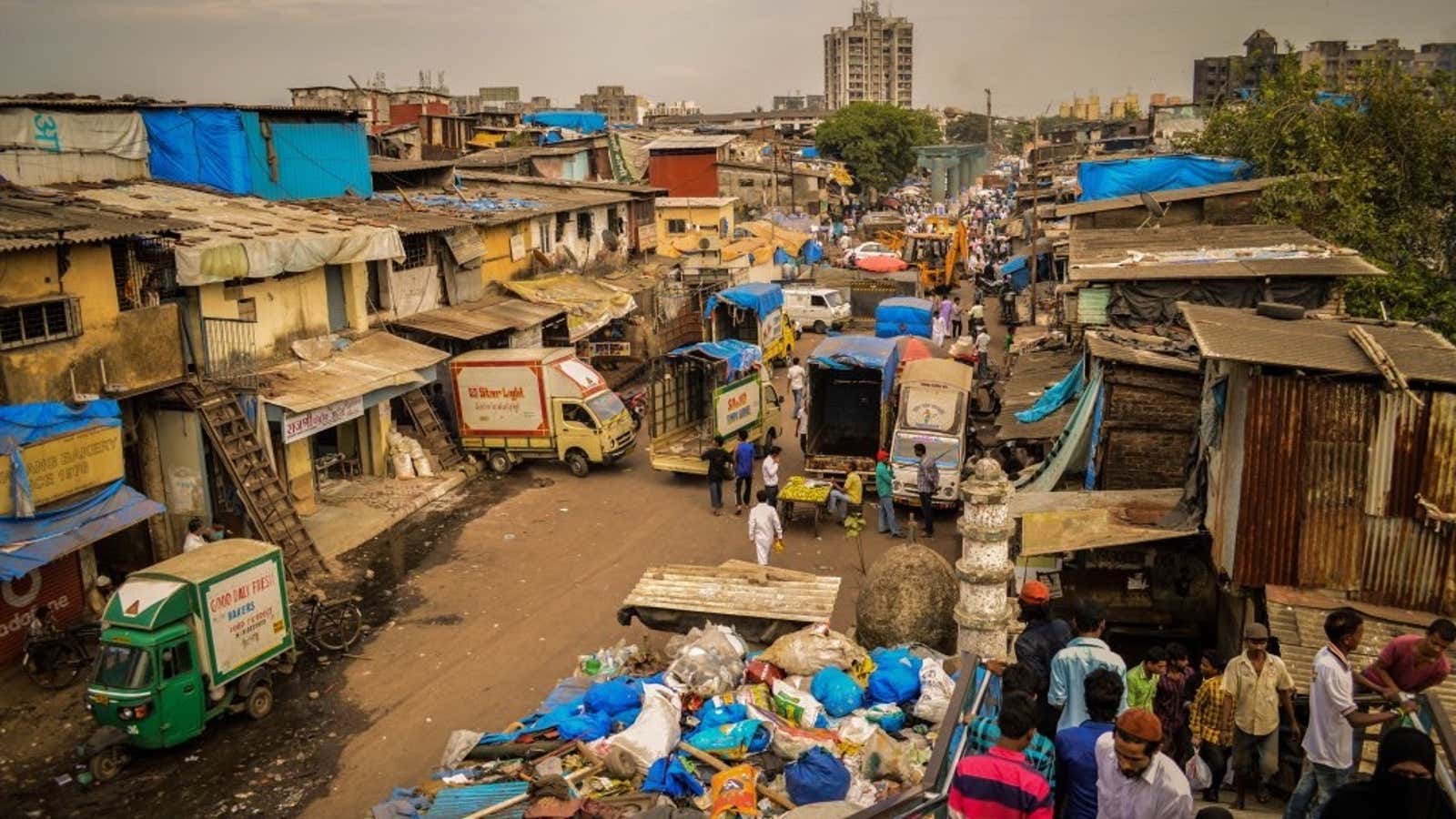Top 10 Major Slums Of India
Top 10 Major Slums of India: A Glimpse into Urban Poverty and Resilience

India, a rapidly developing nation, is known for its diverse culture, rich history, and significant economic growth. However, it also faces severe challenges, particularly in urban areas where rapid urbanization has led to the growth of sprawling slums. These slums, home to millions, reveal stark inequalities and highlight the urgent need for sustainable development and social reforms. Here, we explore the top 10 major slums of India, shedding light on their conditions and the lives of their inhabitants.

1. Dharavi, Mumbai
Dharavi, often referred to as the heart of Mumbai, is one of Asia's largest slums. Covering approximately 2.1 square kilometers, it houses over a million people. Despite its dilapidated conditions, Dharavi is a bustling hub of small-scale industries, producing textiles, pottery, and leather goods. The entrepreneurial spirit of its residents is remarkable, though they continue to struggle with inadequate sanitation, overcrowded housing, and limited access to clean water.
2. Rafiq Nagar, Mumbai
Located near the Deonar dumping ground, Rafiq Nagar is another significant slum in Mumbai. The residents here face severe health risks due to their proximity to the landfill, which poses constant threats of pollution and disease. The living conditions are harsh, with insufficient access to basic amenities such as clean water, electricity, and healthcare.
3. Nizamuddin, Delhi
Nizamuddin Basti, a historic neighborhood in Delhi, is a slum that juxtaposes heritage with poverty. Known for the famous Nizamuddin Dargah, the area is densely populated, with narrow lanes and crumbling infrastructure. The community lacks proper sanitation facilities and adequate housing, making daily life a struggle for its inhabitants.
4. Bhalswa, Delhi
Bhalswa slum, located near the Bhalswa landfill site in Delhi, is characterized by extreme poverty and hazardous living conditions. The residents are exposed to toxic waste and contaminated water, which leads to numerous health issues. The slum lacks basic infrastructure, and the proximity to the landfill exacerbates the residents' hardships.
5. Rajendra Nagar, Bangalore
Rajendra Nagar is one of Bangalore's largest slums, home to thousands of families. The area is plagued by poor sanitation, lack of clean drinking water, and inadequate housing. Despite the presence of several small businesses, the slum's residents struggle with limited access to education and healthcare.
6. Indiramma Nagar, Hyderabad
Indiramma Nagar in Hyderabad is a sprawling slum where residents face numerous challenges, including inadequate housing, poor sanitation, and limited access to clean water. The slum's infrastructure is severely underdeveloped, and the residents often live in cramped and unsafe conditions.
7. Moti Bagh, Delhi
Moti Bagh is a significant slum in Delhi, known for its densely packed settlements and poor living conditions. The area suffers from inadequate sanitation facilities, lack of clean water, and limited access to healthcare. Overcrowding and poverty are prevalent, affecting the overall quality of life.
8. Kalyanpuri, Delhi
Kalyanpuri is another major slum in Delhi, characterized by its overcrowded and unsanitary conditions. The residents, primarily migrants seeking better opportunities, live in precarious conditions with insufficient access to basic amenities. The slum is a stark reminder of the city's growing urban poverty.
9. Anna Nagar, Chennai
Anna Nagar in Chennai is a densely populated slum where residents face severe socio-economic challenges. The slum is marked by inadequate housing, poor sanitation, and limited access to clean water and healthcare services. The community struggles with high levels of poverty and unemployment.
10. Mehbullahpur, Lucknow
Mehbullahpur in Lucknow is one of the largest slums in Uttar Pradesh. The slum is characterized by overcrowded living conditions, inadequate infrastructure, and poor sanitation. The residents, many of whom are daily wage laborers, face significant challenges in accessing education, healthcare, and other basic services.
Conclusion
The major slums of India paint a grim picture of urban poverty and highlight the urgent need for comprehensive policies and initiatives aimed at improving living conditions. Addressing the issues of inadequate housing, poor sanitation, and limited access to basic services is crucial for the overall development and well-being of slum dwellers. Efforts to empower these communities through education, healthcare, and economic opportunities can pave the way for a more equitable and prosperous future for all.



